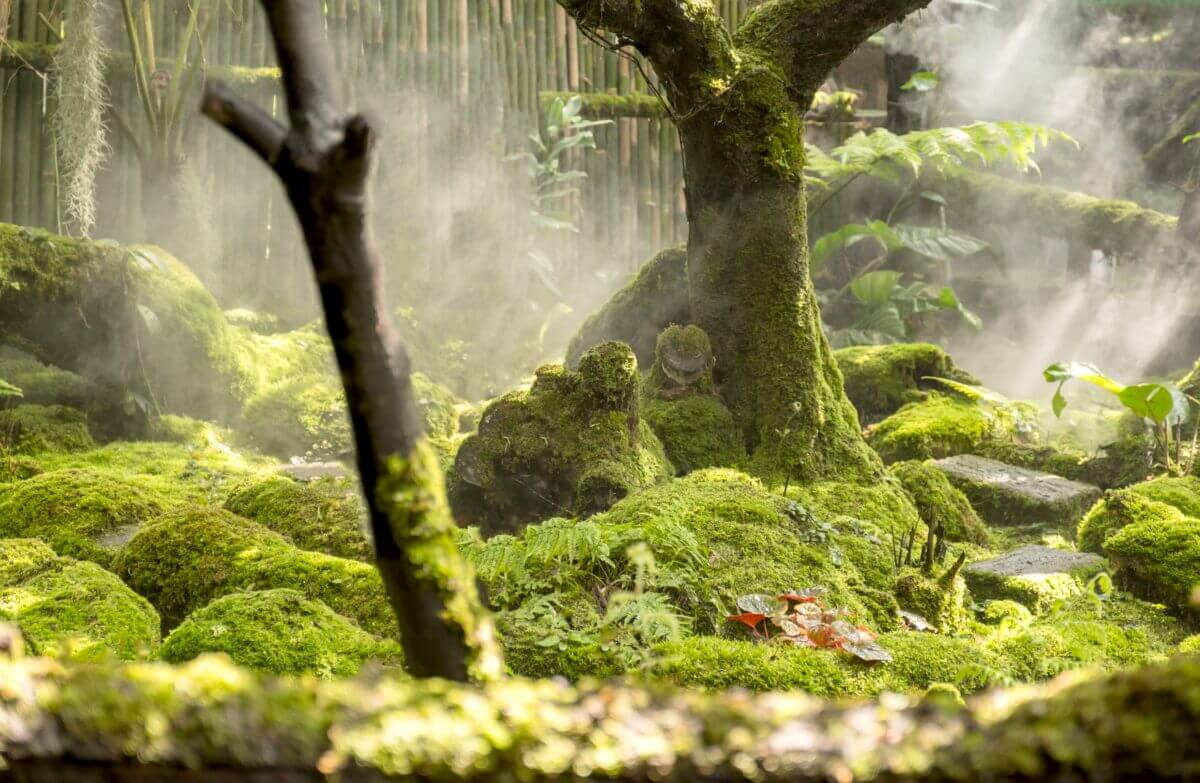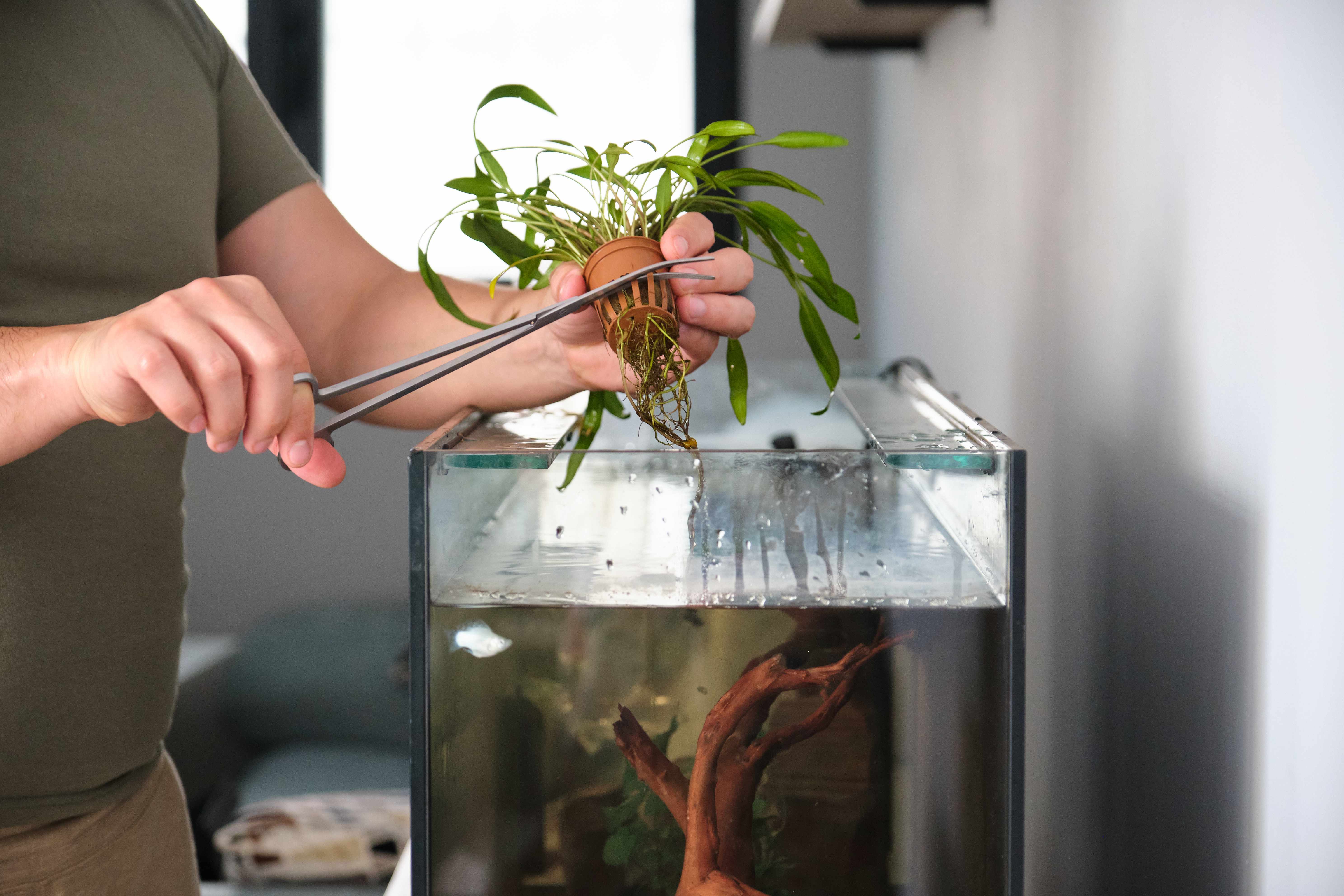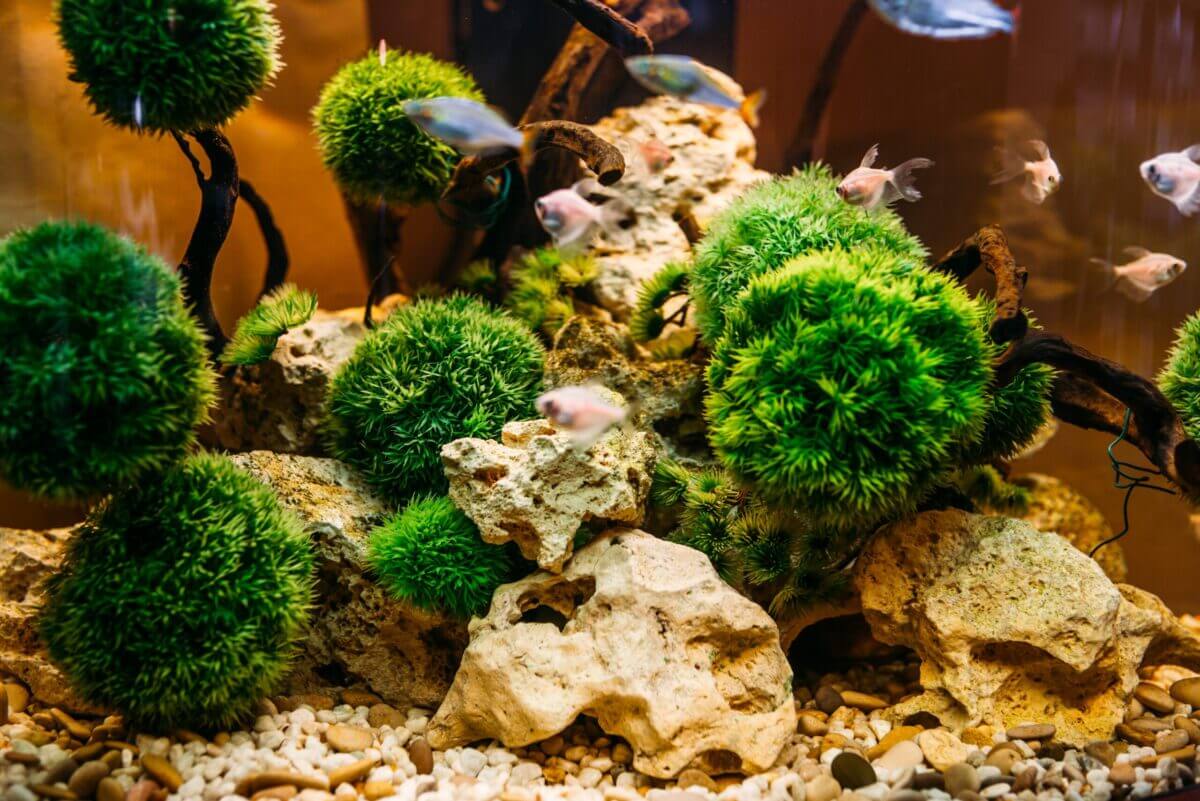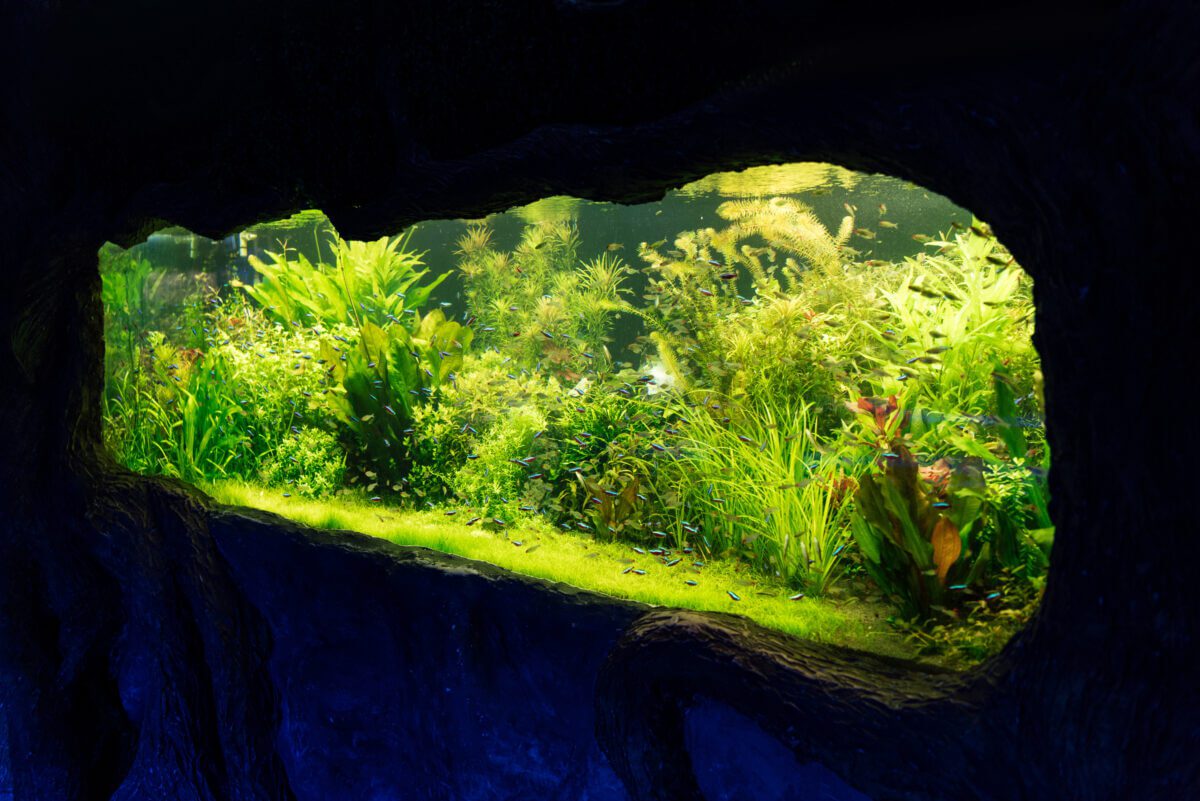If you’re an aquarium enthusiast looking to enhance the beauty and functionality of your tank, then Java Moss might be just what you need. In this article, we’ll explore Java Moss, how to grow it successfully, its benefits for your aquarium, common mistakes to avoid, how to propagate it, and its various uses.
Whether you’re a beginner or an experienced aquarist, these tips will help you make the most of Java Moss in your aquarium. So, let’s dive in and learn about this versatile and beneficial aquatic plant.
Key Takeaways:
Choose the right tank and provide the optimal conditions for growing Java moss to thrive. Take advantage of the benefits of Java moss, such as improving water quality and providing hiding spots for fish. Avoid common mistakes in growing Java moss, including using the wrong lighting and not providing enough nutrients.
What Is Java Moss?
Java Moss, scientifically known as Taxiphyllum Barbieri, is a popular freshwater aquatic plant native to Southeast Asia.
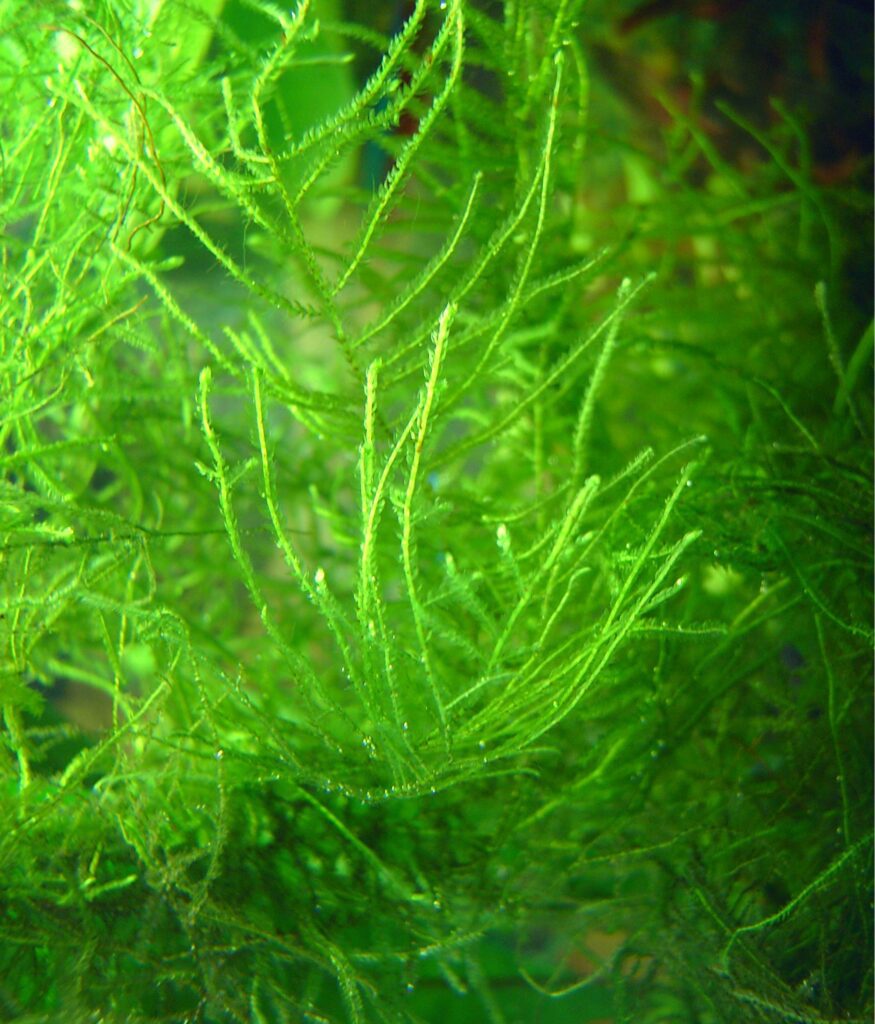
This robust and versatile moss is often found in shallow waters, attaching to rocks, driftwood, and other aquatic surfaces. Its feather-like, bright green foliage creates an appealing contrast in aquariums and natural freshwater habitats.
Java Moss is highly adaptable, thriving in various environmental conditions, including low light, and is tolerant of fluctuating water parameters. Its ability to flourish in diverse settings makes it a favoured choice among aquarists and horticulturists seeking a resilient and visually pleasing plant.
Naturally occurring in locations such as Indonesia, Malaysia, and the Philippines, this moss plays a vital role in freshwater ecosystems, providing shelter for fry and small fish while also aiding in maintaining water quality by absorbing excess nutrients.
How To Grow Java Moss?
Growing Java Moss requires careful attention to optimal water conditions, appropriate lighting, and potential CO2 supplementation to promote healthy growth and propagation.
Choosing The Right Tank
Selecting the right tank for cultivating Java Moss involves considering suitable tank mates, optimal temperature, pH levels, and compatible substrates for the plant’s growth.
When choosing tank mates for Java Moss, selecting peaceful and non-aggressive fish that won’t uproot or damage the delicate moss is crucial. Ideal tank mates include small, gentle species like neon tetras, otocinclus catfish, and cherry shrimp.
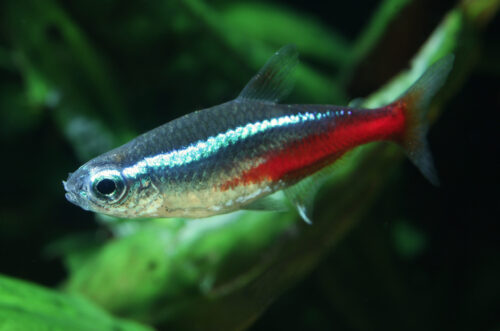 |  | 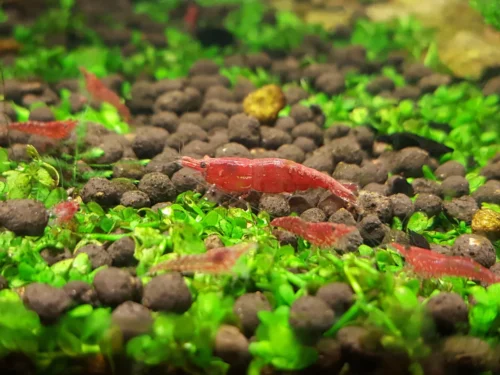 |
The tank’s temperature should be between 70-75°F, which aligns with Java Moss’s preferences. Regarding pH levels, it thrives in slightly acidic to neutral water with a pH range of 5.8 to 7.5. Regarding substrates, fine gravel or sand provides a suitable base for Java Moss to anchor its delicate rhizoids.
A well-lit tank with a gentle water flow is vital for its growth, making it crucial to select a tank that allows ample natural or artificial light to reach the plant.
Preparing The Tank
Preparing the tank for Java Moss cultivation involves ensuring the availability of essential nutrients, implementing measures to prevent algae growth, and planning for proper fertilization to support the plant’s development.
When setting up the tank for Java Moss, it is crucial to consider the plant’s nutrient requirements. Java Moss thrives in nutrient-rich water, so using a high-quality aquarium substrate or adding fertilizer formulated explicitly for aquatic plants can provide the necessary nutrients.
Monitoring the phosphates and nitrates levels in the tank is essential to ensure a healthy environment for the moss. Algae can easily compete with Java Moss for nutrients, affecting its growth. Maintaining proper lighting duration, introducing algae-eating species like shrimp or snails, and regularly cleaning the tank can be effective strategies to prevent algae.
Implementing a fertilization schedule tailored to the needs of Java Moss is vital. A liquid fertilizer with a balanced mix of macro and micronutrients or root tabs can provide essential elements for the plant’s growth, ultimately supporting its overall development in the aquarium.
Adding The Moss
When adding Java Moss to the tank, it is crucial to consider the appropriate placement that accommodates its growth and provides an environment conducive to cohabitation with fish and shrimp species.
Java Moss is a versatile and hardy plant that thrives in various water conditions, making it an excellent choice for aquarists of all levels.
Placement of Java Moss should ideally involve attaching it to driftwood, rocks, or gravel, as it can quickly spread and cover surfaces. This not only fosters its growth but also creates a visually appealing aquascape. The strategic positioning of Java Moss can offer shelter for fry and shrimp while serving as a natural filtration system for the aquarium water.
Ensuring that the tank inhabitants are compatible with Java Moss is essential for its successful integration. Small fish and shrimp species, such as Tetras, Rasboras, and Cherry Shrimp, are known to coexist harmoniously with this plant. By providing ample hiding spots and a balanced ecosystem, aquarists can witness the impressive growth and contribution of Java Moss to the overall aesthetics and functionality of their aquarium.
Providing The Right Conditions
Maintaining the right conditions for Java Moss involves monitoring its overall health, implementing measures to prevent algae infestation, and exploring creative aquascaping techniques to enhance its aesthetic appeal within the tank.
Regular maintenance of the aquarium environment is essential for the optimal growth of Java Moss. This includes ensuring proper lighting, water parameters, and nutrient levels. Controlling algae growth is crucial for the well-being of Java Moss.
Introducing algae-eating fish or shrimp can help keep the tank clean. A proper filtration system and regular water changes prevent algae buildup.
Regarding aquascaping, strategically placing Java Moss in the aquarium can create visually stunning landscapes. It can be used to cover rocks, driftwood, or even as a carpeting plant. Aquarists can achieve intricate and eye-catching designs by carefully trimming and shaping the moss. Combining Java Moss with other aquatic plants can further elevate the overall aesthetic of the tank.
What Are The Benefits Of Java Moss?
Java Moss offers many benefits to the aquarium ecosystem, showcasing its versatility and positive impact on water quality, aesthetics, and aquatic health.
Java Moss is a hardy and low-maintenance plant with a natural filtration system. It effectively removes excess nutrients and pollutants from the water, contributing to a healthier aquatic environment.
The dense and lush growth of Java Moss also provides shelter and breeding grounds for small fish and invertebrates, creating a harmonious ecosystem. Additionally, its ability to absorb nitrates and oxygenate the water helps maintain optimal water chemistry, promoting the well-being of aquatic inhabitants.
Improves Water Quality
One of the critical benefits of Java Moss is its ability to improve water quality by absorbing excess nutrients and providing a natural filtration mechanism within the aquarium ecosystem.
Due to its dense and intricate growth pattern, Java Moss effectively absorbs nitrates, ammonia, and other organic compounds. This makes it a nutrient sink and prevents the accumulation of harmful substances in the water.

In addition, the delicate fronds of Java Moss provide an ideal habitat for beneficial bacteria. These bacteria are crucial in breaking down waste and maintaining a balanced ecosystem.
The presence of Java Moss also aids in the oxygenation and circulation of water, promoting a healthier environment for fish and invertebrates. Its ability to trap debris and detritus contributes to a cleaner and clearer aquarium, reducing the need for frequent maintenance and water changes.
Provides Hiding Spots For Fish
Java Moss is an excellent provider of hiding spots for fish, fostering a natural and secure environment while enhancing its colouration to create an aesthetically pleasing aquatic landscape.
The lush and intricately entwined growth of Java Moss creates a haven for fish, allowing them to seek refuge and evade potential stress. This can drastically impact fish behaviour, promoting a sense of security and reducing instances of aggression, particularly amongst territorial species.
Tank mates find solace in the presence of Java Moss, fostering a peaceful coexistence and minimizing instances of confrontation. The vibrant green hue of Java Moss adds a refreshing touch to the aquarium, complementing the colours of fish and creating a visually captivating underwater tableau.
Absorbs Excess Nutrients
Java Moss actively absorbs excess nutrients in the aquarium, maintaining a balanced ecosystem and serving as a natural deterrent against algae proliferation.
Its dense, intricate structure provides an ideal environment for beneficial microorganisms, promoting biological filtration within the tank.
As it grows, Java Moss effectively competes for essential nutrients, reducing the available resources for algae to flourish.
This versatile plant offers shelter and food for tiny aquatic organisms, fostering biodiversity and enhancing the marine environment’s health.
Adds Aesthetic Appeal
Besides its functional benefits, Java Moss adds significant aesthetic appeal to the aquarium environment through creative aquascaping and its unique colouration, enhancing the visual charm of the aquatic landscape.
When strategically placed, Java Moss creates a lush green carpet at the base of the aquarium. This mimics the natural habitats of fish and other aquatic creatures, providing a visually appealing and realistic environment. Its delicate, intricate structure adds texture and depth to the underwater scenery, creating a captivating visual contrast against rocks, driftwood, or other decorative elements.
The variety of colour variations in Java Moss – from vibrant green to deep, rich shades – makes it versatile for visually striking displays in any aquatic ecosystem. This adds to the overall aesthetic appeal of the aquarium and enhances the overall user experience.
What Are The Common Mistakes In Growing Java Moss?
While cultivating Java Moss, several common mistakes should be avoided, including issues related to algae infestation, maintenance oversights, and general plant care problems.
Growing Java Moss can be a fulfilling experience, but it comes with its own set of challenges. One of the prevalent issues is the tendency for algae to take over, especially in low-light setups or if the tank is facing direct sunlight.
To combat this, it’s crucial to maintain proper lighting and regularly clean the tank to prevent algae buildup.
Furthermore, Java Moss requires consistent maintenance to thrive. Neglecting regular trimming and removing debris can hinder its growth and lead to an unsightly appearance. It’s essential to pay attention to its growth pattern and make necessary adjustments to maintain health.
Another common pitfall is overlooking general plant care practices. Inconsistent water parameters, lack of nutrients, or improper placement can hamper the growth of Java Moss. Addressing these challenges with diligence and proper care can lead to this versatile aquatic plant’s lush, vibrant display.
Using The Wrong Lighting
One of the common mistakes in Java Moss cultivation is using the wrong lighting, which can impact the plant’s health and potentially contribute to algae issues within the aquarium.
Proper lighting is essential for the growth and health of Java Moss. Too little or too much light can cause stunted growth, yellowing leaves, and even plant deterioration. Improper lighting can also create a favourable environment for algae to thrive, as excess nutrients from unhealthy Java Moss can fuel algae growth and disrupt the balance in the aquarium.
Not Cleaning The Tank Regularly
Neglecting regular tank cleaning and maintenance can lead to algae overgrowth and potential challenges in maintaining the optimal conditions for Java Moss growth and health.
Regular tank maintenance is crucial to creating a healthy environment for Java Moss. Proper cleaning prevents algae overgrowth and plays a pivotal role in maintaining the essential parameters for the sustained growth of Java Moss.
Without regular maintenance, debris and excess nutrients can accumulate, leading to water quality issues that adversely impact the well-being of Java Moss. By dedicating time to cleaning and maintaining your tank, you can proactively address common problems associated with inadequate maintenance, ensuring the thriving condition of your Java Moss.
Overcrowding The Tank
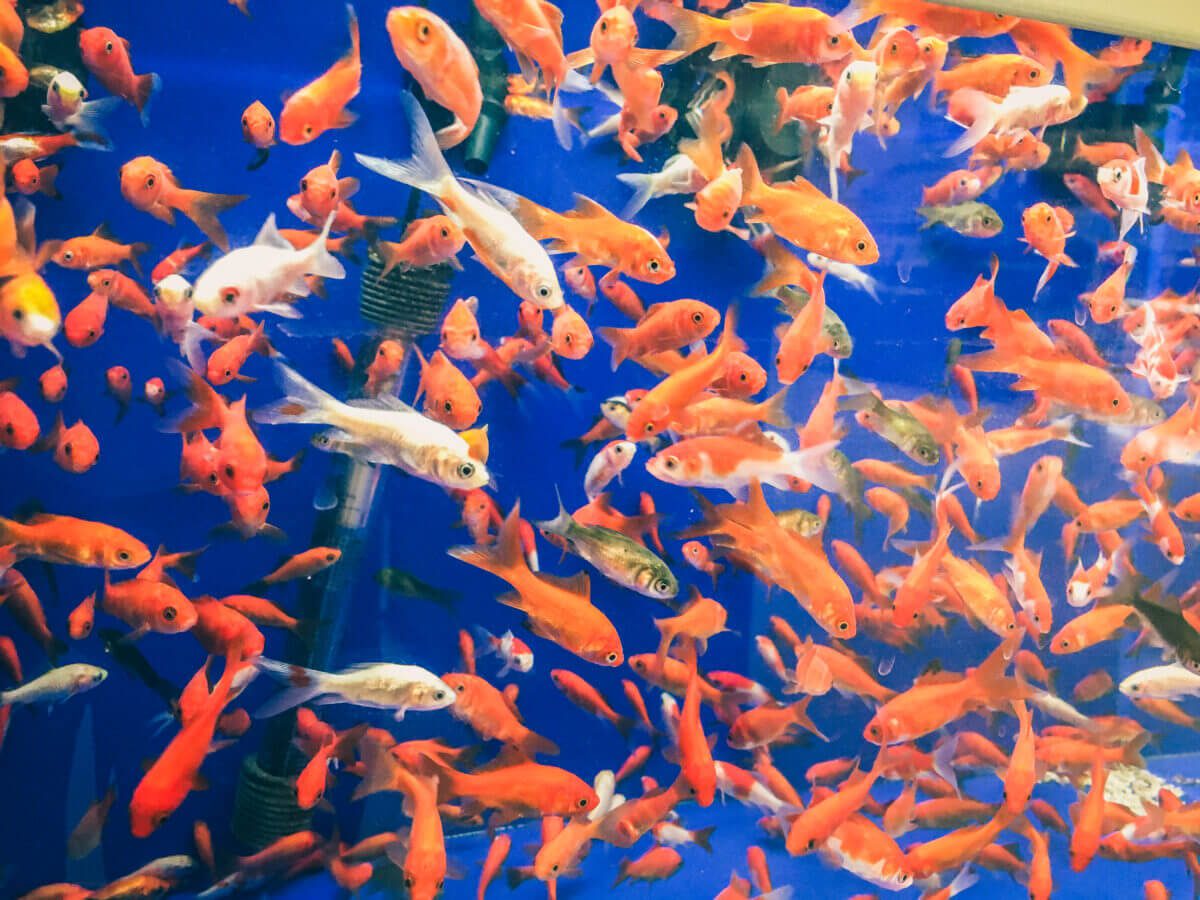
Overcrowding the tank with incompatible species can negatively impact the health and growth of Java Moss, underscoring the importance of thoughtful stocking and appropriate tank mate selection.
When the aquarium becomes overcrowded, it can lead to increased competition for nutrients and space, directly impacting the well-being of Java Moss. This may result in stunted growth and diminished plant vibrancy, affecting the overall aesthetic appeal of the tank.
Selecting suitable tank mates is crucial to safeguarding the delicate balance of the aquatic environment. Incompatible species may disrupt the natural ecosystem, leading to stress and potential damage to the Java Moss, compromising its vitality and resilience.
Therefore, maintaining a harmonious balance within the aquarium by carefully considering the compatibility of tank mates is essential for nurturing the health and longevity of Java Moss.
Not Providing Enough Nutrients
Insufficient provision of essential nutrients can hinder the growth and vitality of Java Moss, emphasizing the need for adequate fertilization and nutritional support to sustain plant health and development.
Java Moss, a versatile and popular aquatic plant, relies heavily on the presence of macro and micronutrients for its overall well-being.
Providing nutrients such as nitrogen, phosphorus, potassium, and trace elements like iron and magnesium is crucial for promoting vigorous growth and lush green foliage. Supplementation with a comprehensive liquid fertilizer or root tabs can address potential deficiencies, ensuring the plant receives a balanced supply of essential nutrients.
This proactive approach enhances Java Moss’s aesthetic appeal and bolsters its resilience against stressors and potential diseases, ultimately contributing to a thriving and harmonious aquatic environment.
How To Propagate Java Moss?
Propagating Java Moss can be achieved through various methods, including division, cuttings, and the collection and cultivation of spores, enabling the expansion of its presence within the aquarium.
Division involves carefully separating the compact clusters of the moss into smaller portions, ensuring that each division retains a viable amount of foliage and root structure.
Cuttings can be taken by snipping off healthy stems and attaching them to driftwood or mesh pads, where they will establish new growth.
Collecting spores requires patience as they must mature before being harvested and cultivated in a controlled environment, typically a separate container with appropriate water and lighting conditions.
By Division
Propagating Java Moss through division entails the separation of existing plant portions to establish new growth, requiring careful trimming and maintenance practices to facilitate the process effectively.
When dividing Java Moss, using sharp scissors or pruning shears to ensure clean cuts and promote healthy regrowth is essential.
The separated portions can then be attached to a new substrate, such as a rock or driftwood, using either string or mesh to secure them.
Related Articles
Mastering Java Moss Propagation: A Comprehensive Guide.
Regular maintenance after division involves trimming overgrown or yellowing sections to encourage compact growth and prevent the plant from becoming too dense.
Providing adequate light and nutrient levels is crucial to support the newly propagated portions and promote their establishment.
By Cuttings
Utilizing cuttings for Java Moss propagation involves strategically removing and deploying plant sections, leveraging the plant’s natural growth rate to establish new colonies within the aquarium.
When using cuttings for propagating Java Moss, it’s essential to ensure the sections are healthy and free from any signs of decay or infection. Trim the moss carefully, including enough stem or rhizoids for the cutting to anchor itself to a new surface.
Once the cuttings are obtained, they can be deployed in the desired areas within the aquarium. Given the adaptability and hardiness of Java Moss, these sections are likely to take root and begin new growth relatively quickly. With proper care, a noticeable increase in the moss can be seen within a few weeks.
By Spores
Propagating Java Moss through spores involves collecting and cultivating reproductive elements, creating an opportunity to harvest and develop new growth within the aquarium environment.
Spore collection can be done by gently agitating the Java Moss in a water container to start the process. This helps dislodge the spores, which can then be siphoned off and transferred to a separate, designated area for cultivation.
Ensuring the cultivation environment is conducive to spore germination is crucial. Adequate lighting, gentle water movement, and quality water conditions are essential to develop spores into new Java Moss growth successfully. Once the newly propagated moss has grown substantially, it can be carefully harvested and strategically placed to encourage further expansion within the aquarium setting. Aquarists can effectively propagate and spread Java Moss by following these techniques to enhance the aesthetics and ecological balance of their underwater ecosystems.
What Are The Different Uses Of Java Moss In Aquariums?
Java Moss serves various purposes in aquariums. It is utilized as a carpeting plant, a hiding spot for a fish fry, and a functional filter media, showcasing its versatility and contributions to the aquatic environment.
As a carpeting plant, Java Moss forms a dense, lush green layer that adds aesthetic appeal to the aquarium and provides a conducive environment for beneficial microorganisms to thrive.
Related Articles
This enhances the overall water quality and creates a haven for fish fry within the intricate growth of Java Moss, protecting them from potential predators and ensuring their survival.
Additionally, Java Moss acts as a natural filter media, effectively absorbing nitrates and other organic waste.
This makes it a valuable natural purifier, maintaining a healthy balance within the aquatic ecosystem.
As A Carpeting Plant
Utilizing Java Moss as a carpeting plant involves strategic placement and propagation techniques to create a lush, visually appealing substrate cover, contributing to the overall aquascaping vision within the aquarium.
When integrating Java Moss as a carpeting plant, carefully considering its placement within the aquarium is crucial. As a versatile and hardy plant, Java Moss can thrive in various conditions, making it an ideal choice for beginner and experienced aquarists.
Its ability to attach to different surfaces makes it suitable for creating an intricate and natural-looking aquascape. Proper substrate cover considerations should account for its growth pattern and the need for sufficient nutrients to support its lush development.
The propagation of Java Moss is relatively simple, making it a cost-effective option for establishing a visually appealing carpet. Aquarists can encourage its spread, filling spaces to achieve a dense, carpet-like appearance by trimming and replanting the moss. This propagation process adds an element of creativity, allowing for customizable designs and the ability to shape the aquarium landscape to fit individual preferences.
As A Hiding Spot For Fish Fry
Java Moss is an ideal hiding spot for fish fry, providing a natural and secure environment for the young offspring and fostering their growth and survival within the aquarium.
Its dense, branching structure offers labyrinthine pathways, shielding the fry from potential predators and offering a haven for them.
The intricate network of the moss creates a haven for tiny fry to navigate and hide, contributing to fish breeding success.
When selecting tank mates, it’s crucial to opt for peaceful species that won’t disrupt the delicate ecosystem provided by the Java Moss.
The moss’s ability to contribute to water quality and offer a secondary food source enhances the overall chances of successful propagation in the aquarium.
As A Filter Media
Java Moss can function as an effective filter media, contributing to the maintenance of water quality and the overall health of the aquarium environment, showcasing its multifaceted role beyond mere aesthetic appeal.
Due to its dense and intricate growth pattern, Java Moss serves as an excellent habitat and nutrient source for tiny organisms and microfauna, aiding in establishing a balanced ecosystem within the aquarium.
This natural filtration capacity helps remove excess nutrients, which can otherwise lead to water quality issues and imbalances. The mechanical filtration provided by Java Moss assists in trapping and eliminating debris, further enhancing water clarity and reducing the need for frequent maintenance.
Frequently Asked Questions
What are some tips for growing Java Moss?
Java Moss is a popular aquarium plant that requires minimal maintenance and can add a beautiful touch to any tank. Here are some tips to help you grow Java Moss in your aquarium.
What are the ideal conditions for growing Java Moss?
Java Moss thrives in low to medium lighting and soft, slightly acidic water with a pH of 6-7. It also prefers cooler water temperatures between 68-77°F and minimal water flow.
How should I plant Java Moss in my aquarium?
Java Moss can be attached to surfaces such as rocks and driftwood or floating in the tank. To attach it, tie the moss down with a fishing line or use glue made for aquarium plants.
How often should I fertilize Java Moss?
Java Moss is a hardy plant that doesn’t require much fertilization. However, you can add a small amount of liquid fertilizer or root tabs once a month to help it grow faster and healthier.
Can I grow Java Moss in a tank with other plants?
Yes, Java Moss can coexist with other plants in the same tank. Just make sure to give it enough space to grow, and do not let it become smothered by other plants.
How can I control the excessive growth of Java Moss?
Java Moss can increase; if left unchecked, it can take over your entire tank. To control its growth, you can prune it regularly or use a mesh to contain it in specific tank areas.

